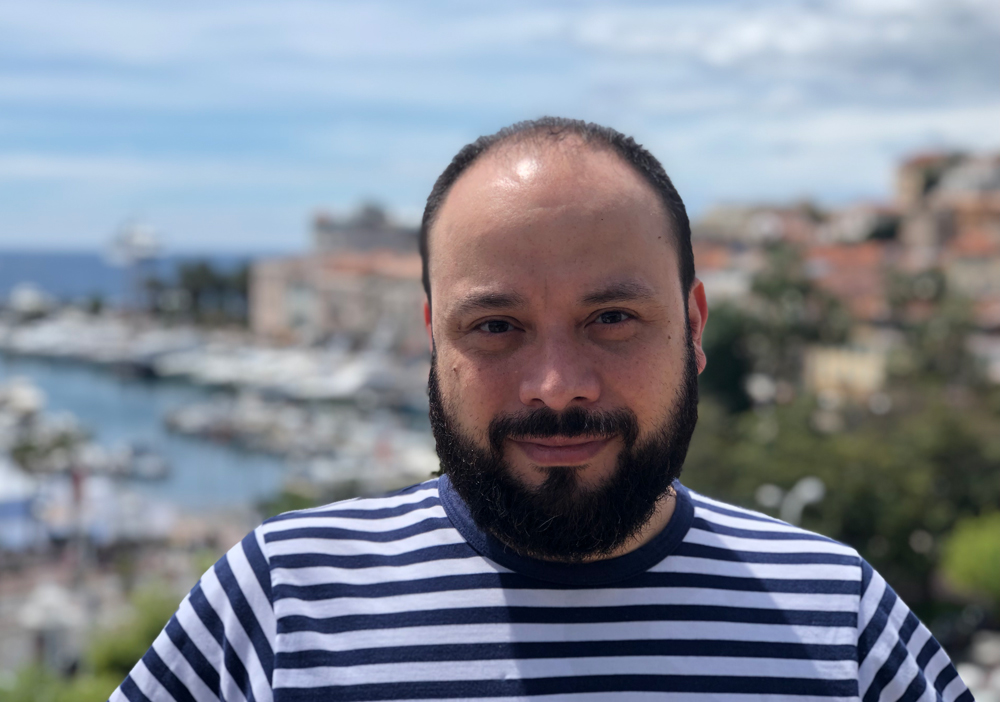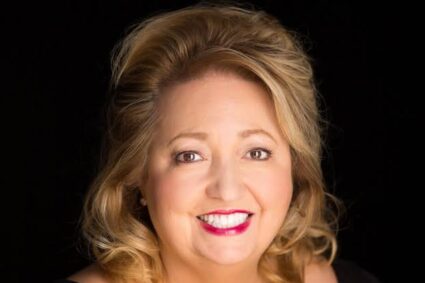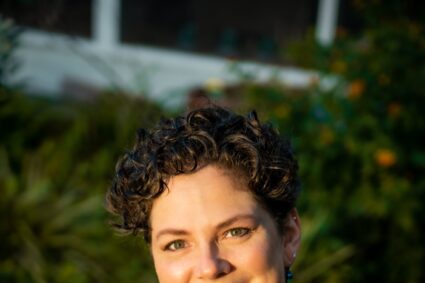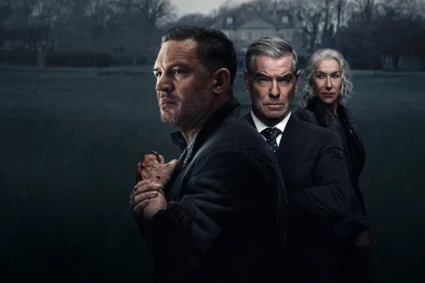
In our second chapter of this special edition of THE INTERVUE, reporter Arely Perez talk to Sundance winner César Díaz director of Outsider Pictures film, Our Mothers (Nuestras Madres), being release virtually May 1st.
What is the movie Our Mothers about?
“Our Mothers” tell the story of a forensic anthropologist that basically what he does is exhume and identify and destroy the bodies of the victims of the Guatemalan civil war. And what he is looking for is his disappeared father, what is going to happen is that an indigenous woman from the Guatemalan highlands comes to ask him for help to unearth her murdered husband, and he sees an image and recognizes his father and from there he will discover What is his personal story is much more complex than he believed, basically it is a story that explores the relationship of mother and son and that explores the relationship with the disappeared from the war.
Where did the motivation to make this movie come from?
This story was born from my personal story having a missing father and a fighting mother, I think that all the projects go as having layers, I think the next layer was to discover the work of the forensic anthropology foundation that seems essential to me or is important because I believe that the difficult thing when someone disappears what is most painful is that you always lose hope that one day this person will return that even though you have the certainty that he is dead or that they murdered him. I think that knowing and having the certainty that through the science that they tell you look at these bones that we found and that they can be from your loved ones and from there you can start the process of mourning. So I think that the discovery of this work seemed essential to me, then the indigenous women who appear between the film and who live in this town and that this town has a scene very similar to that of the movie is not exactly the same but I think that at seeing these whole women standing up for justice recounting their stories being like the guardians of memory and the guardians of what happened are the witnesses, all that gave me the motivation to make the film.
What are the guardians of memory? Can you explain this a little more?
What happens is that I think that there is a movement in Guatemala among many other societies that talks about forgetting to push forward, not seeing the past, not continuing to remove the pain of the past. And I think it is good, it is not about judging but it seems to me that it is very difficult for us to face a future or face a present even if we have not healed these wounds and healing these wounds involves identifying judging and knowing Who they were? What did they do? Where are they dead? Who is responsible and that we have as a collective process of catharsis, I remember and I was very impressed by what happened in Rwanda, there was an atrocious genocide (Hutus and Tutsi) so let’s say that the reconciliation process was mainly in the towns of putting people together and that they faced for many years in a war and put them to talk and force them to speak and say well you murdered my mother and you too, so this reconciliation process that goes through the word and goes through gathering people we have never had.
For example, then there was a peace signature in 1996 and it was as if history began to be written from there, that is not true, that is not true, so I think that being able to face, I say, of course, we must face the future, first there is We have to face this present but let’s face this present from the beginning of the truth from this whole process, sitting in front of the people who did all this trying to understand “What was logic?” how can you kill two hundred thousand people and disappear fifty thousand more? and that there are no reasons and that the only reason is to defend the right state, that is not true, so let’s sit down and talk, but that process is not there, we haven’t done it, and they don’t know it.
Does this movie show bones and corpses that are exhumed from graves? Are these bones real or fictitious?
We put it together with the help of the foundation, there are many of the bones that you see in the film are real but if you see them they are manipulated by the foundation’s staff because these bones are evidence and then we are not allowed to touch them, so what We did it, it was with the help of the foundation, we bought and made a skeleton, which is the one that Armando (Ernesto) manipulates. It was very complicated to start putting it together because you can’t see the hands and so on. Someone made special effects based on the actual bones of the foundation and we got this patina and have the color on the bones that are real.
As a Guatemalan, has your family been affected by these events? In the film we see that Ernesto’s mother hides a truth, it is about children who have been born in rape Why is it important to you that people need to know more about this issue?
Of the people close to me many, I think I do not have concrete data but I think that it is almost a taboo within Guatemalan society, especially in the indigenous area, because I believe that women were the spoils of war and men were murdered because they were a danger, women and rape were like a weapon of war, so I think it was something that was planned, that is, it was not a spontaneous thing within the ranks of the military and more than the mass, I think what is important is that this debate has been put back on the table within Guatemalan society, for example, in trials, women wear their typical indigenous fabrics out of shame because even today they are stigmatized, they are pointed out, so I think it is important that you let’s step forward and get us out of this taboo and out of this situation and assume what happened to those women during the war.
How did you choose your cast? I saw in my notes that not all the cast are with real actors.
At the beginning I wanted it to be absolutely unprofessional, and I started a casting process within the foundation, then I opened it in human rights organizations, then I opened it in the theater, in the cinema, then I opened it to do a wild casting, I mean to go out at streets to bars to clubs and places where young people gather, then I sat in the national theater for five days with an open casting after seeing five hundred people I did not find the ideal person, so I did an exercise to reread the script and I realized that this character and the and the mother were too written and needed to embody. I decided to go look for the closest country and especially that has historical links with Guatemala which is Mexico, where many of the people who migrated or migrated or exiled migrants who could not be in Guatemala went to Mexico, I did not want us to enter the thing in which the people’s accents were false sometimes costs with the movies which is where this happens so I went to Mexico and hired a casting director and we did a professional casting and that’s how we found Armando Espitia and Emma Dib.
I did want the rest of the people to be unprofessional and the interesting thing about this is that it forces the actors not to be in the bone representation in which a good actor who is not always thinking about his own image or the image that It is, on the other hand, when it is people who are not in this logic, they just are and exist and they are there, they do not give you a chance to lie, that relationship is something that I did not expect or something that I had not anticipated, I discovered it on set was one thing It was really amazing the other people are from the town where we filmed where we learned the story or are close friends of mine I wrote thinking about them and brought them to the project.
You filmed the movie in Guatemala, weren’t you afraid of retaliation? Was the process difficult for you?
The past is here and then more than being afraid of retaliation or being afraid of it was also facing our own demons as a society. So, to put this theme on the table, this story is to put a mirror in front of us and see us. I think it was difficult also for practical reasons we do not have an industry doing things is complicated we do not have a movie theater so requesting a permit requires going through three government institutions when we should have only one, closing a street is very complicated all that is practical Let’s say it is complicated, but well, it can be solved. The hardest part was saying well okay, how do we handle our dead? How do we handle our duels? How do we manage our missingness? How do we see it? How do we forgive us? How do we reconcile with each other? How do we do all that process?
To finish, what message do you want to send with this film to viewers or people who do not know this part of the history of Guatemala?
I think several things I think one is to be able to understand that the present violent difficult Guatemalan has a concrete link with that past, you cannot understand that our society and our daily life is also violent having eighteen murders per day in this city, this level of inequality, of poverty, racism and discrimination. If you do not understand what happened before, this is not free. History did not start yesterday. This is an accumulation of historical processes and events, and I think that for me it is important to be able to analyze the present and see how this has its origins back. The other thing that seems interesting to me is to let American society know is to let people who live in the United States know is to understand that also many of those people who cross the river who risk their lives crossing the desert and who go there It is also doing it for precisely these reasons, you cannot separate the large number of Guatemalans who immigrate and who seek a different future with this violent present and with this even more violent past. I think that they are historical processes that are accumulating, and I think that it is interesting to put it on the table as a debate saying well we have millions of Guatemalans in the United States, Why? Well, for this and this reason.
Our Mothers (Nuestras Madres), release virtually now


